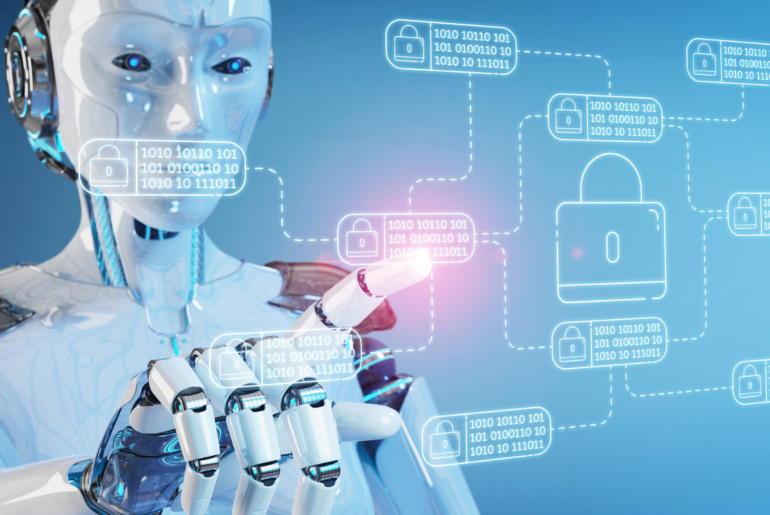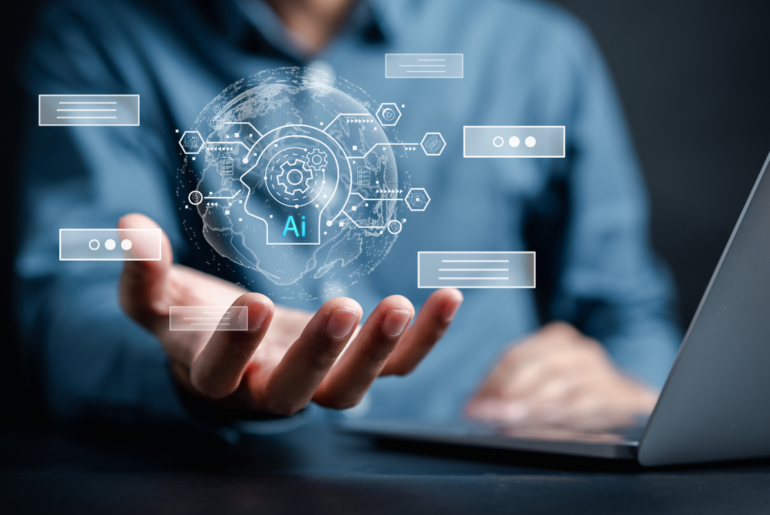NEVs Accelerate China’s Automotive Industry’s Intelligent Transformation and Internet of Vehicles (IoVs) Becomes its Driver. Automotive Cloud Expected to Grow at a Five-Year CAGR of 53.6%.
In the age of the digital buyer, most companies that prioritize customer experience face the ongoing challenge of meeting ever-evolving…
Generative AI has simultaneously captured the attention, imagination, and concern of most tech and business leaders across the world. However, as these technologies become front and center of conversations in the technology industry and beyond, the underlying question being asked by the market is: how do organizations derive value in a meaningful and accelerated fashion?
The tech industry is at a seminal moment. The combination of executive and board level interest, clearly defined outcomes, and the sheer speed of adoption makes Generative AI unlike anything we have seen before.
IT leaders entered 2023 with a mission to restrain technology investments, but with the coming AI onslaught companies are asking, “Are we prepared?”
With the release of ChatGPT, we are seeing increased excitement around the application of AI technologies to enable secure outcomes.
Generative AI has taken the technology world by storm. But is your company thinking about the potential data and security risks?
It’s practically impossible to avoid the buzz about the latest artificial intelligence (AI) tool, ChatGPT. Since its launch in 2022,…
IDC’s Future of Intelligence research indicates intelligent automation solutions show great potential for reducing costs and improving outcomes for buyers.








